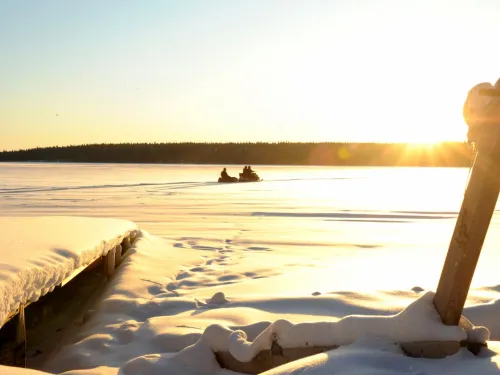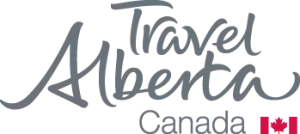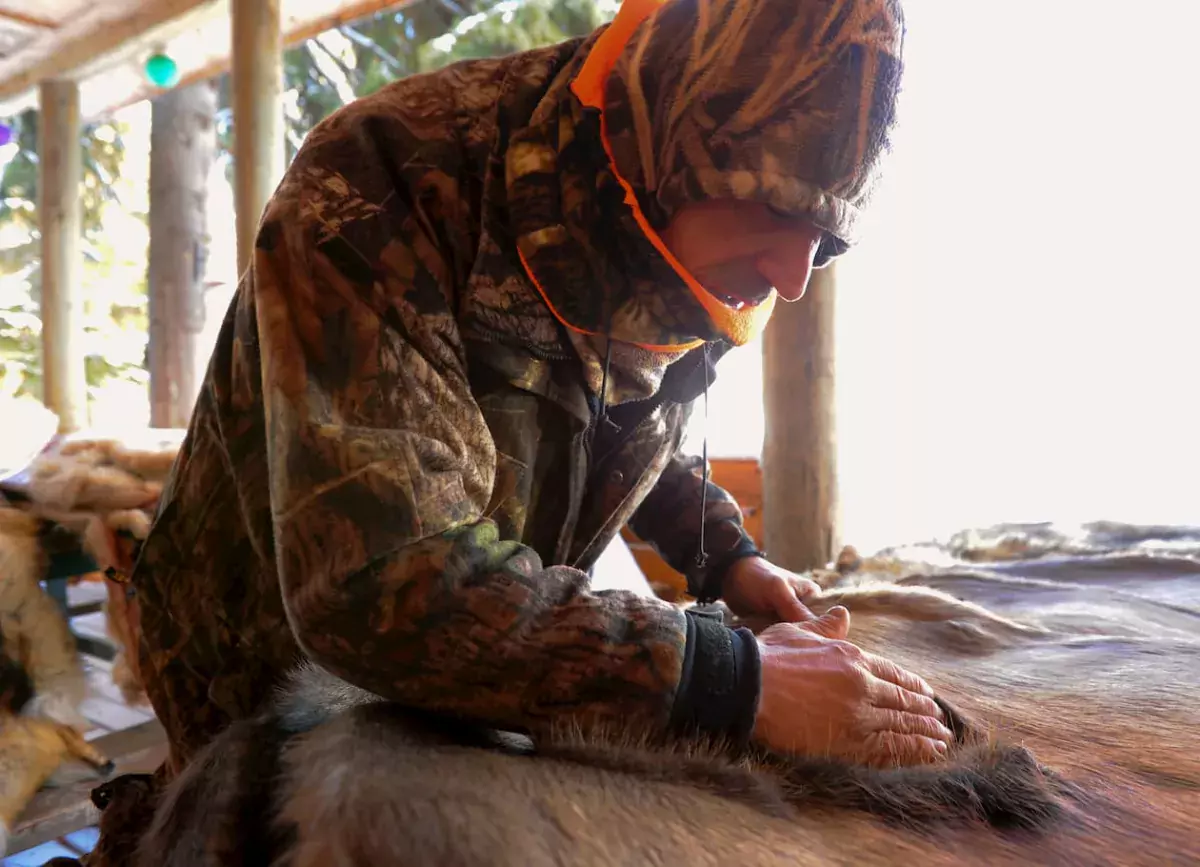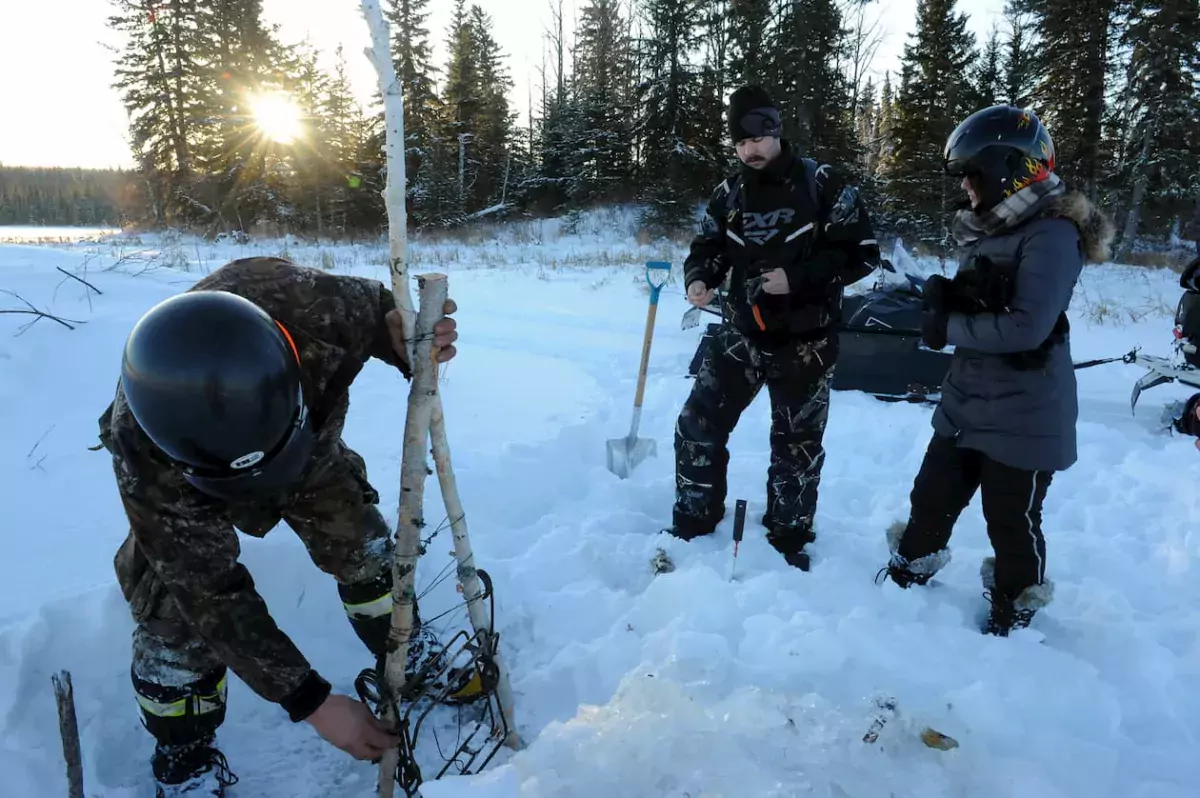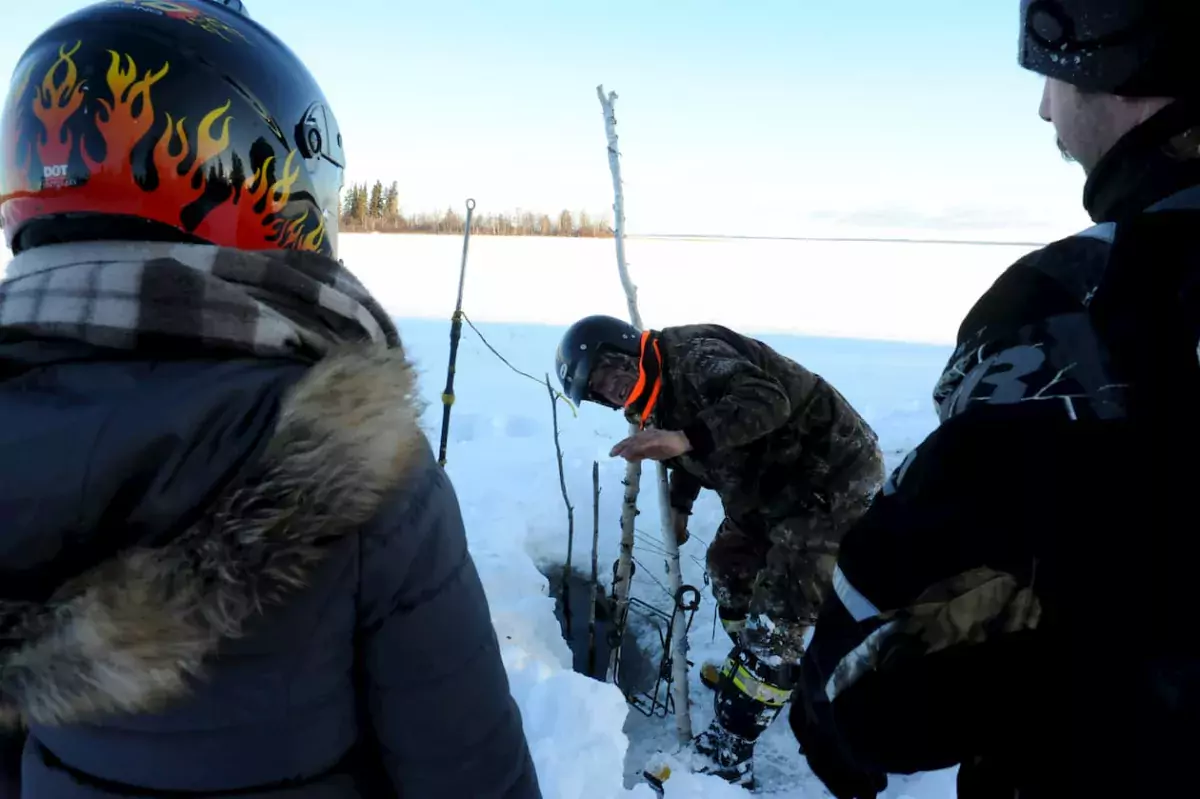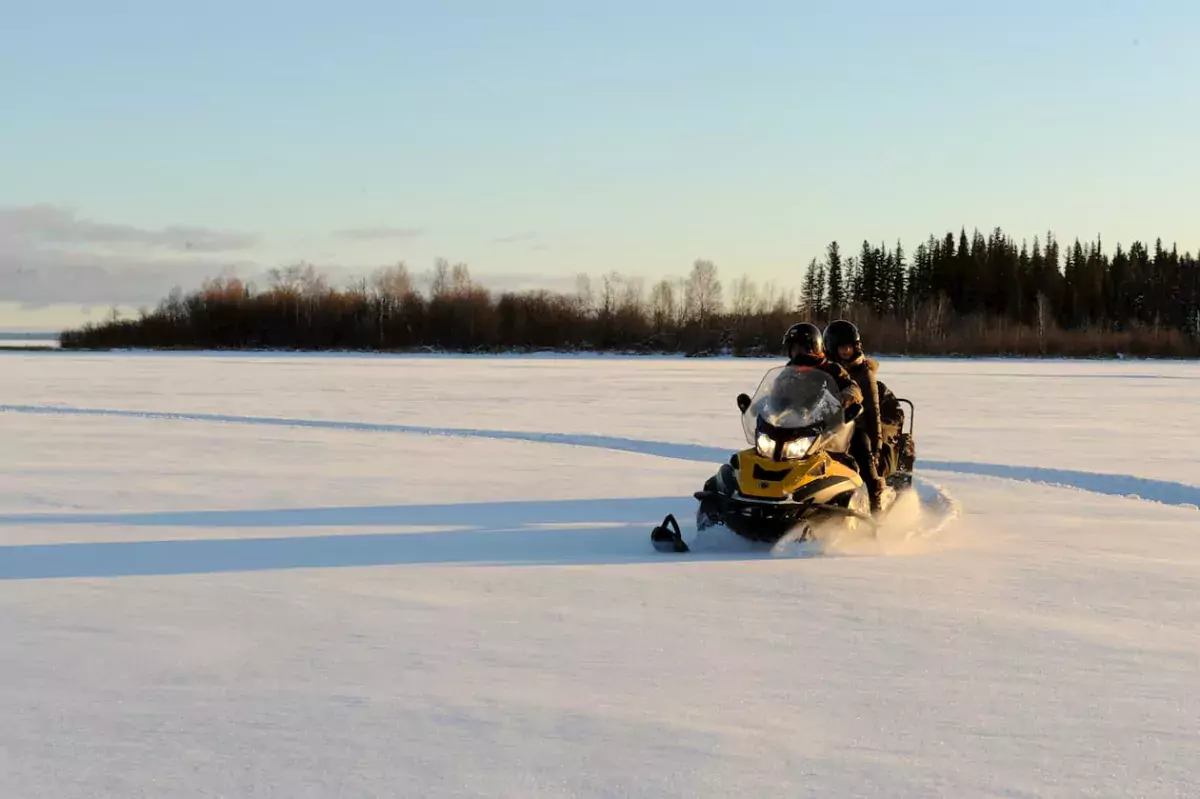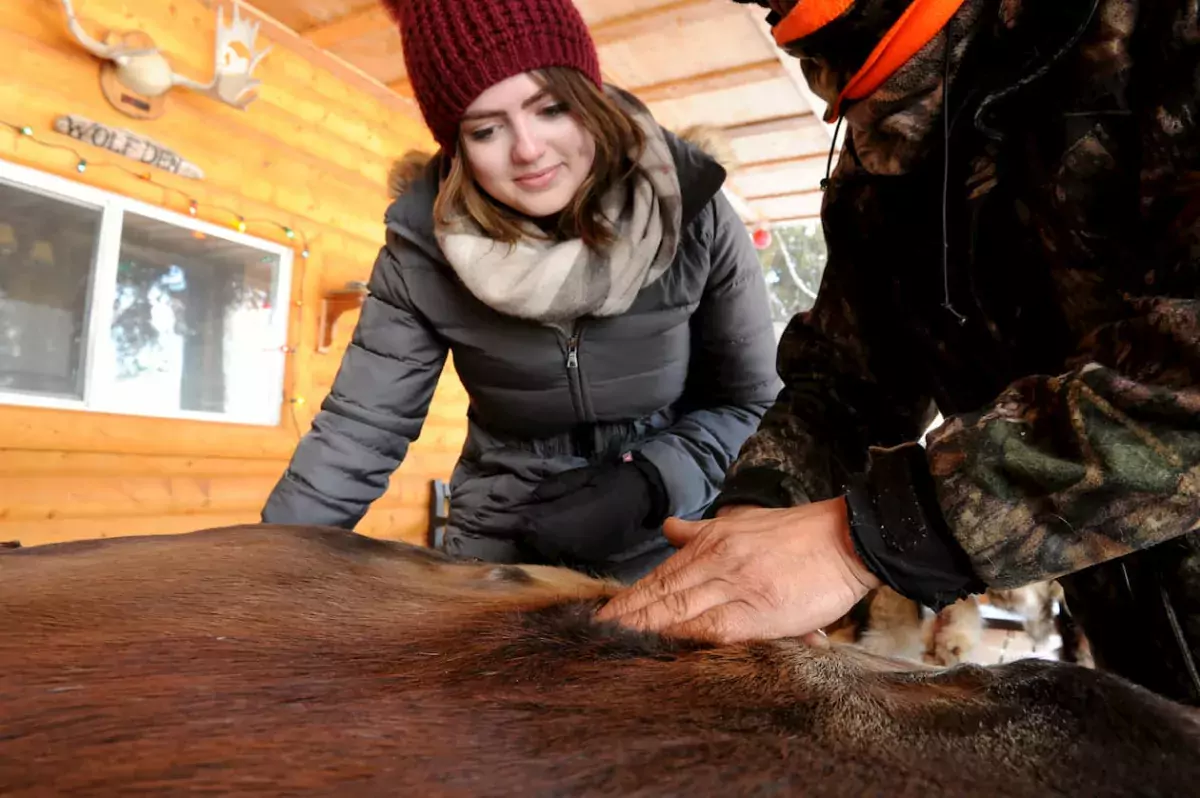Trapper Paul carries on the traditions of his heritage
Fur trapping, and its connection to the land, at the core of Winefred Lake Outfitters experience
Jeremy Derksen for #TakeItToTheLake
With hands strengthened by more than 30 years of working traps, Paul Padlesky removes a small, white furry weasel from his trap box and shows it to Cate Kittlitz and Derek Shackleton. Looking at it, he smiles, reminded of how his grandfather used to skin these small critters and give the furs to Paul when he was just a young boy.
Those furs brought in about five dollars apiece, he tells them; a lot of money for a five-year-old kid back then. He would use the money to buy extra-large chocolate bars to share with his siblings, and that was how he first got hooked on trapping.
Take It To The Lake this winter. Plan your Lac La Biche Region adventure...
These days, trapping is a different profession. Of course, there are the animal welfare concerns, and the price of fur has declined so that it’s not easy to make a living at it any more.
But for Trapper Paul, who also offers hunting and fishing guide through his company Winefred Lake Outfitters about a two-hour drive north of Lac La Biche, his motivation isn’t driven by profit. This is his heritage. He grew up in a Metis family, and this was the way they lived. His uncle and his grandfather were trappers.
Padlesky traces his ancestry back to Louis Kwarakwante, an Iroquois bushman and trapper. Kwarakwante became a guide for the Hudson Bay Company in the mid-1800s, leading them west from Quebec up to Fort Chipewyan and into the Northwest Territories.
“To me, that has a big connection to what I'm doing, what I love and enjoy. It all came down through my grandfather Julien, his father, my uncles - they were the real pioneers that built this country,” says Padlesky. “The fur industry is what built this country.”
Padlesky’s family has been trapping in Alberta ever since, living simply off the land, without taking more than the land could offer. Now, he’s sharing that experience with others, trying to share that heritage.
“We’re losing that connection to our elders. I worry about that. When they’re gone, when I’m gone, who’s going to continue?”
Departing one winter morning from the log cabins Paul built by hand on his property at Winefred Lake, the sun glinted across the snow-covered lake. In the cover of some trees, the trapping party stopped next to a beaver lodge and Paul set to work.
In what seemed like just minutes, he drilled and chopped a hole in the frozen ice, shoveled out the slushy chippings, made a brace out of two birch branches, tied them with wire and secured a box snare - spring loaded to a weight of over 50 pounds - to the brace, which he lowered into the hole he’d just made.
As he was doing this, he explained how the trap should work. The most important thing is a clean kill, he stressed, so that the animal doesn’t suffer.
“I love animals; I don’t enjoy killing them, I do it because I manage it. Nature is very cruel in itself. Take coyotes, they get overpopulated, they start killing each other, they get mange. Beaver populations, if you don’t control them, they get sick and die in their own lodges. I’m there to control that, to help.”
Back on the machines, the party followed Paul’s daily routine, checking the traps on one of his lines. It takes a couple hours to make the circuit, but in between stops it’s essentially joyriding along gently rolling and cornering trails, warm winter light filtering through the patchwork forest. When Paul finds the weasel, it feels like the journey has come full circle.
“What I’m trying to do is show people a real-life experience, so that people have an understanding that it’s not about killing animals, it’s about the heritage, the tradition of it, and the balance of managing wildlife,” says Paul. “It’s the feeling of being connected to the land, to nature itself, just being a part of it.”
That’s a feeling that resonates with Cate and Derek. “I don’t really know much about trapping so this kind of opened my eyes to what trapping is all about,” says Cate.
“Seeing it in person, there’s a lot more respect and appreciation on the trapper’s end than people might conceive,” adds Derek.
Back at the cabins, displaying this season’s take, Paul runs his hands through a thick beaver pelt. He can read the story of each animal in the fur that it leaves behind. A distant look enters his eyes, perhaps thinking of nature, and legacy, and the passage of time.
When You Go
Lac La Biche County will help you plan a #TakeItToTheLake adventure you won’t forget
For more on how to #TakeItToTheLake, either search the tag on Facebook, Twitter or Instagram or read more here.
(Help them out with a Like while you are there)
Like this story? Make sure to Tweet it.
Share what you find when you #TakeItToTheLake and use the hashtag. You might be featured on ZenSeekers and/or our partners' social media channels.
Like Our Facebook Page
